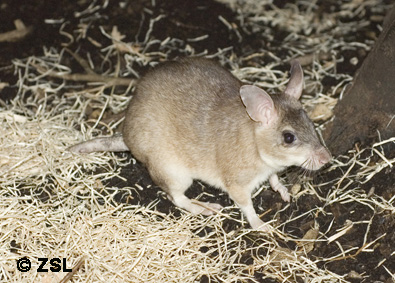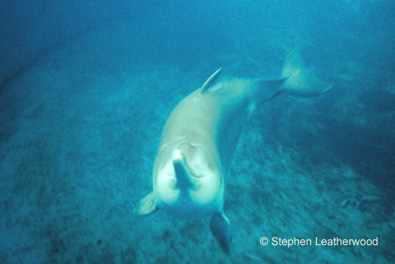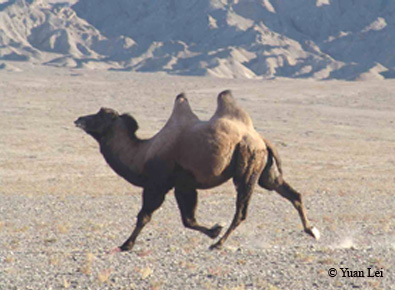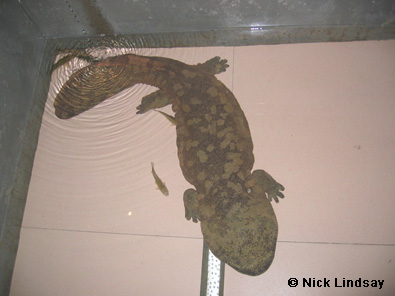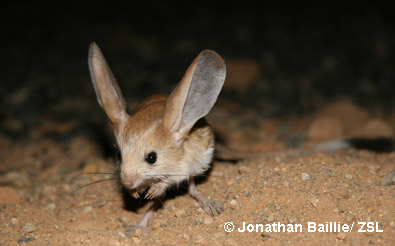Chinese New Year was celebrated last week, with February 7th marking the first day of the Year of the Rat. The Rat is traditionally the first creature in the Chinese Zodiac because, according to legend, when the Jade Emperor invited all the animals in the world to race the rat asked the ox if he could ride on the ox’s back to cross the river, and when the ox reached the far bank the rat hopped off his nose to win the race. As a result, people born in the year of the rat are known as intelligent and ambitious and are often leaders and pioneers. You can discover more about the twelve animals of the Chinese Zodiac at ZSL London Zoo’s Chinese Zoodiac tour.
ZSL London Zoo is home to a number of different species of rat, including our number 95 EDGE species, the Malagasy giant jumping rat. These rabbit-like mammals are currently threatened by habitat loss and fragmentation and also by introduced predators such as dogs in their native home of Madagascar. Malagasy giant jumping rats do not exhibit normal rodent reproductive behaviour and have only one or two offspring per year which greatly reduces their ability to respond to population declines.
China is home to a number of EDGE focal species, including the possibly extinct Yangtze River dolphin
And our own Year of the Rat rodent, the long-eared jerboa.
Having the largest population in the world, at 1.3 billion people, can create conflicts between the people and wildlife of China; habitat destruction from development, environmental pollution and over-harvesting of species are just some of the threats to EDGE species found in China.
And it seems that 2008 is a year for rodents in more ways than one; earlier this year it was reported that the fossil skull of the largest rodent ever known was discovered in Uruguay. Click here to see pictures.
The fossil of this new species, named Josephoartigasia monesi, consists of just the skull, measuring a whopping 53cm long. From this it was estimated, by making comparisons with living rodents, that the creature would have reached three metres and could have weighed over a tonne! This is considerably larger than it’s closest living relative the endangered pacarana (Dinomys branickii), which is one of the largest rodents alive today reaching one metre in length and weighing up to 15kg. As the only modern species known from the rodent family Dinomyidae, the pacarana is highly evolutionarily distinct and is ranked as 151 on the EDGE Mammals list.
Dinomyids appear in the fossil record in South America in the Oligocene, but went through much of their radiation in the Miocene and Pliocene with many species recorded across the continent. However, very little is known about this group of mammals because most of the fossil remains are isolated dental fragments. It is thought that J. monesi lived in estuaries or river deltas in forested areas, where it fed mainly on aquatic vegetation.
